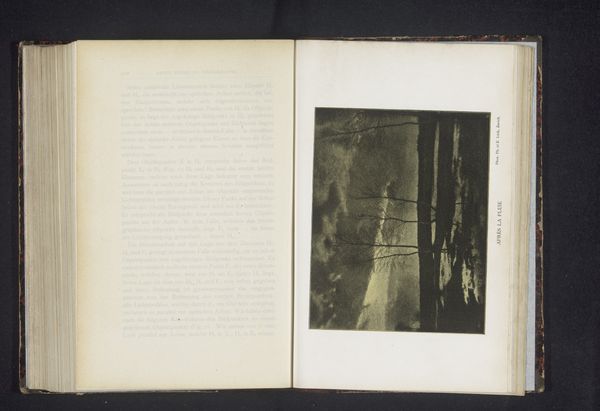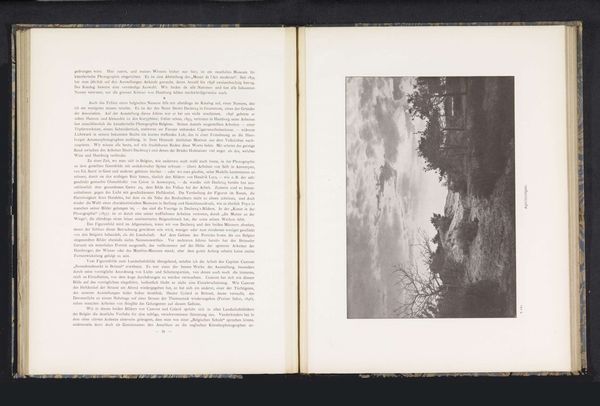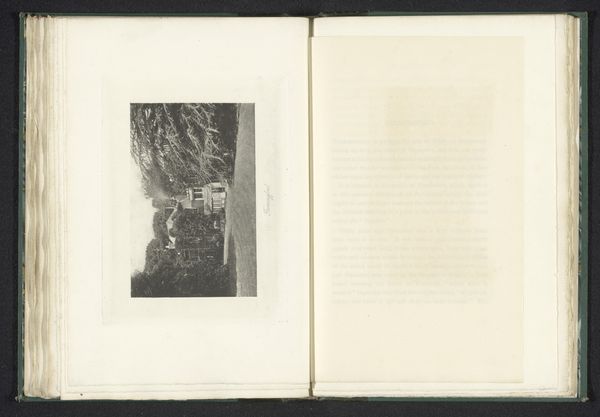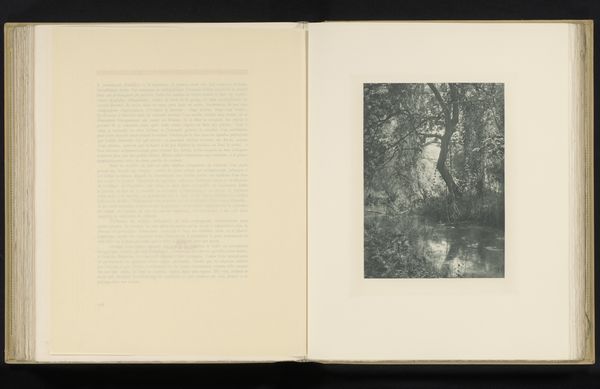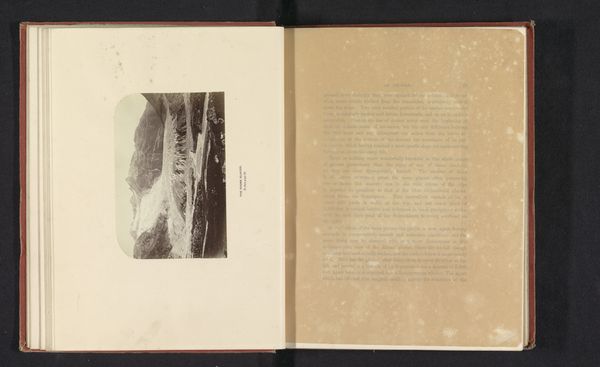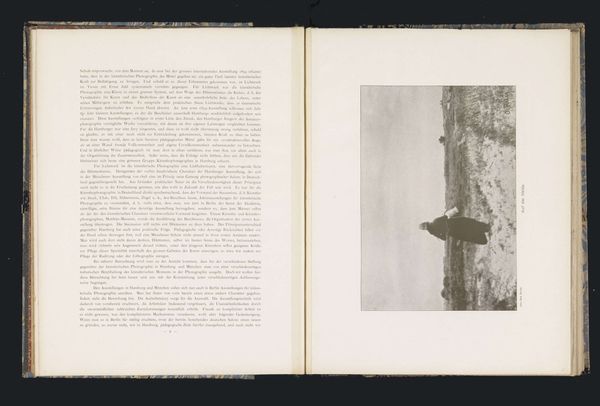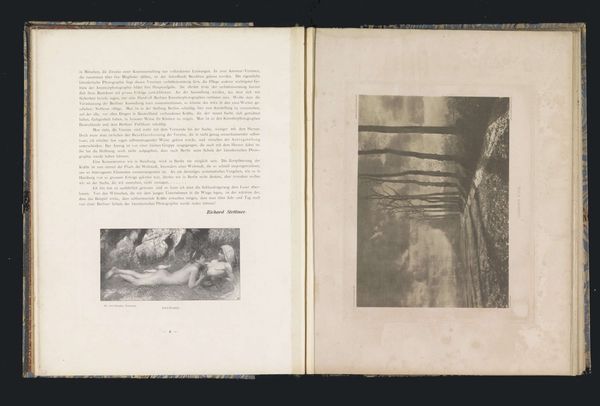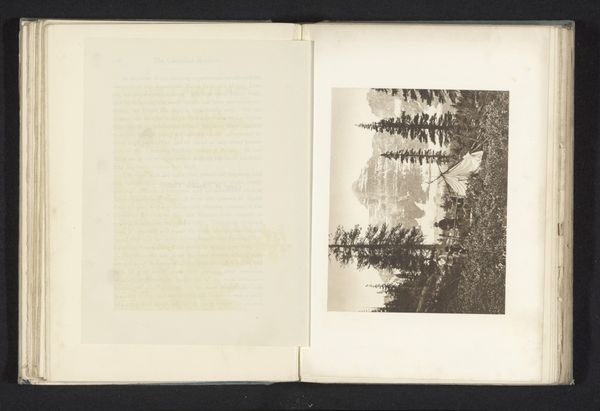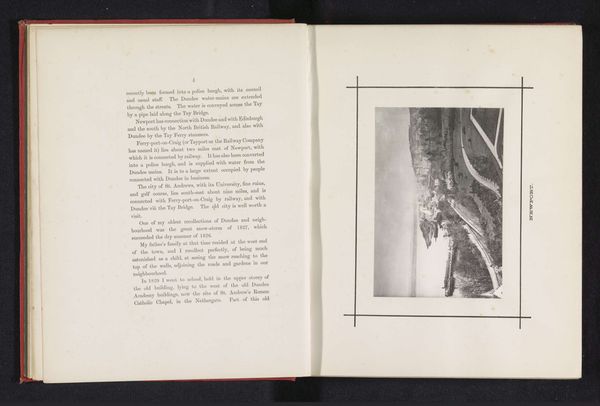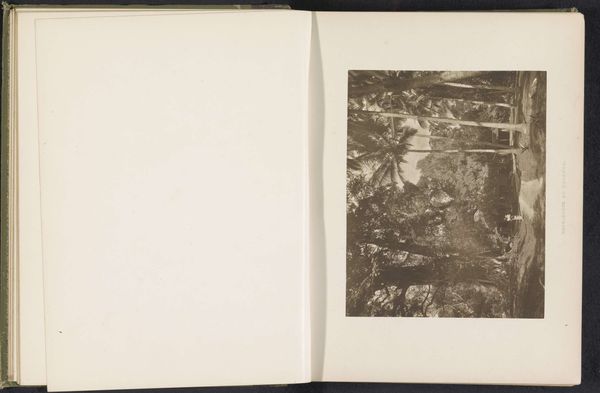
photography, gelatin-silver-print
#
still-life-photography
#
pictorialism
#
landscape
#
photography
#
gelatin-silver-print
Dimensions: height 184 mm, width 249 mm
Copyright: Rijks Museum: Open Domain
Curator: This is "Grasveld met grazende schapen", or "Meadow with grazing sheep", a gelatin silver print by James William Warren, created before 1899. What are your first impressions? Editor: It feels very… soft. Almost like a memory fading into the past. The scene seems rural and tranquil, but the hazy quality gives it a melancholy feeling. Curator: That aligns with the Pictorialist movement Warren was a part of, seeking to elevate photography to the status of art by emulating painting styles. This involved techniques to soften focus and create atmospheric effects. Editor: The softening almost romanticizes a rural life that, historically, often involved hardship. Does this choice erase those struggles and offer a sanitized vision of the pastoral? Curator: It’s a valid critique. Pictorialism, while aesthetically groundbreaking, can be seen as an idealized, almost escapist vision, particularly for the upper and middle classes of the time. It highlights a certain yearning for a simpler past in a rapidly industrializing world. The gelatin silver printing process was becoming much more widespread at the time, so it does raise questions about how these technologies served those with specific visions of landscape and leisure. Editor: Looking at the sheep, they become almost secondary. It isn't really about documenting them or their labor but incorporating them into a composed image. It strikes me that this aesthetic is part of a larger cultural movement where nature and the working class are fetishized for the consumption of urban audiences. Curator: Indeed. Think of the burgeoning tourism industry and the Arts and Crafts movement – there was a clear interest in "authenticity" among those removed from rural realities. Editor: It prompts me to consider the politics of landscape. Who gets to define beauty? Who profits from that definition? Whose stories are made visible and whose are obscured by aesthetic choices? Curator: These are important questions. Warren's work then can be more than just a pretty picture; it can open dialogues about power, representation, and the shaping of cultural narratives. Editor: Right, the choice to idealize becomes a political choice, actively excluding certain narratives, however, intentionally. That can speak volumes. Curator: Definitely, art isn’t created in a vacuum, and unpacking these layers reveals deeper truths. Editor: A reminder to constantly question whose gaze informs our aesthetic appreciation.
Comments
No comments
Be the first to comment and join the conversation on the ultimate creative platform.
